Home » The ultimate laboratory three roll mill guide
The ultimate laboratory three roll mill guide
A 3 roll mill is used to disseminate substances within an apparatus. The material is commonly a kind of semi-adherent substance, cream could be called an appropriate example.
The laboratory three roll mill has verified itself to be of maximum success in the range of horizontal three roll mill that saw substantial growth in the previous centuries. These involved the single roll mill and the 5-roll mill. The 1-roll mill works by using substances passing among the roll and a hard and fast bar pressing in the opposite direction of the roller. The five-roll mill contains four relatively minor interior running parts and, as a result, compared to the 3 roll mill, permits the use of bigger substances as part of the entered material- but is much more difficult to use and not as affordable.
The working principle of a lab three-roll mill
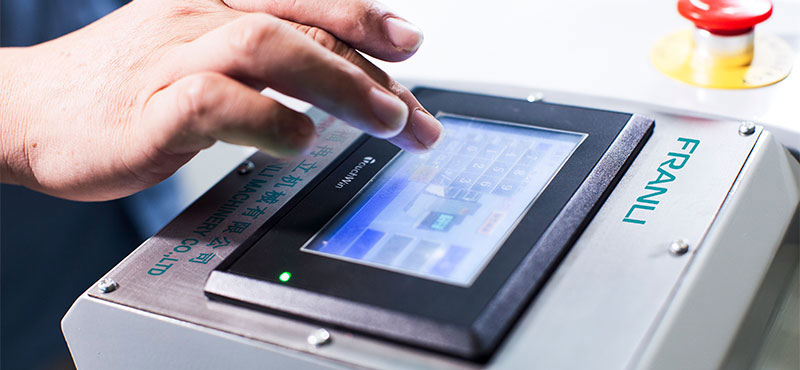
The basic built, structure, and working of a lab three roll mill
The equipment must possess the horizontal three roller surface expulsion and varied speed friction to acquire the grinding effect. The rollers of a horizontal three-roll mill must be empty from the inside because they are with the help of water.
The material is mostly put in between the middle and back rollers. The rollers of a lab three roll mill rotate in different directions (speed gets higher from the rear end to the front) generate a prodigious grinding effect. After grinding, the fabric is scraped with the help of a scraper in the front of the anterior roller.
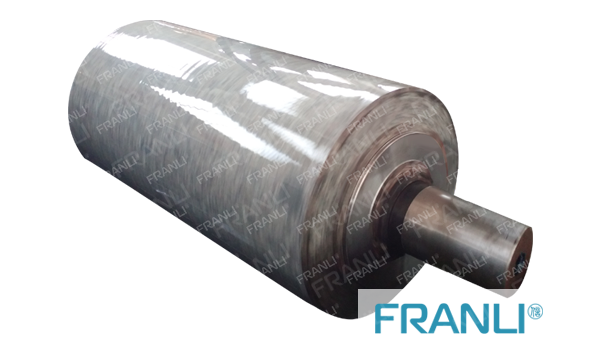
Advantages of a lab three-roll mill
● extraordinary built
● wonderful and customized features
● secure work
● steady performance
● trouble-free application.
● wonderful overall features
● high efficiency
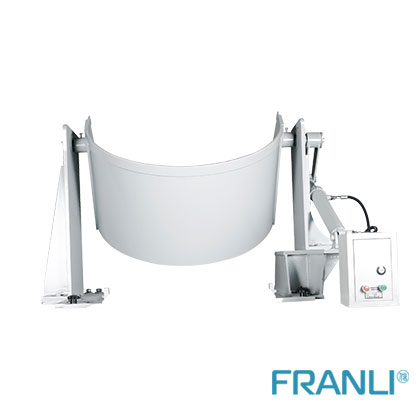
Quick details about laboratory three roll mills you wouldn’t want to miss!
● range: 1 to 120 r.p.m
● voltage: 220 v
● warranty: At least one year
● after warranty service included
● diameter of each roller: 60 to 70 mm
● power of motor: 0.80 kw
● feeding size: 5 to 20 mm
● weight: Normally depends on types but still 500 to 600 kg
● must be able to process different kinds of materials.
● a machinery test report must be present.
● length of roller: 130 to 140 mm
● medium speed roll rotation: 65 to 70 r.p.m
● low speed roll rotation: 25 to 30 r.p.m
● high-speed roll rotation: 140 to 145 r.p.m
● speed ratio: 1:5:10
● dimensions: 950 to 750 to 920
● oem services must be provided.
● optional color.
● must be exported with a wooden case.
● must consist of important safety characteristics.
Choosing the right lab three roll mill is extremely vital because of its requirement for key tasks. Making this choice can be difficult for anyone. To your relief, this article recommends you a brand that provides one of the best gadgets for grinding purposes.
Franli has the best equipment for your industry or laboratory. You can always trust them for high quality in every aspect. The products that are offered are trustworthy, worth the price, easy to use, and one of the best you can ever hope to find. You must take a look at three roll mills for the best experience and service of buying three-roll mills altogether. It’ll surely satisfy your needs.
Copyright Notice :
This article only represents the author’s point of view.
This article is published under the authorization of the author.
Source: Franli
This article address : The ultimate laboratory three roll mill guide
Related Products
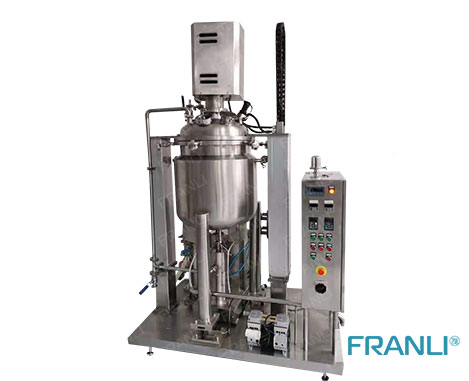
Reactor Mixer
The reactor mixer can be divided into three categories: steel reactor mixer, cast iron reactor mixer, and glass-lined reactor mixer.
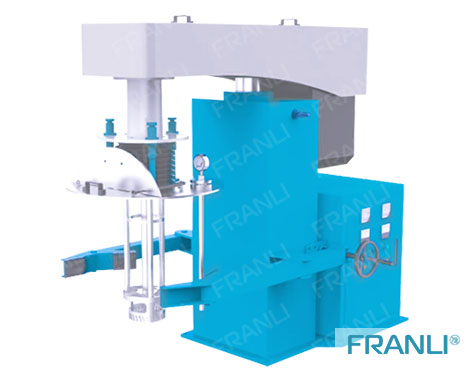
High Shear Mixer
High Shear Mixer is to disperse one or more phases into another continuous phase through efficient, fast, uniform and other processes, and under normal circumstances each phase is insoluble.
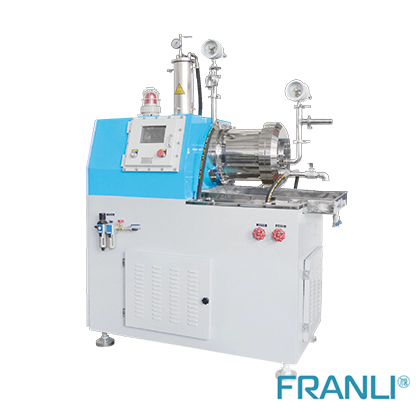
Bead mill for paint
The application fields of liquid coatings are very wide, so a bead mill for grinding high-quality and high-fineness coatings is required.
News
Laboratory Reactor: Guide to Stirring System
The laboratory reactor is composed of a pot body, a pot cover, an agitator, a jacket, a support and transmission device, a shaft seal device, etc.
Grinding Media for Bead Mill | Zirconia Beads & Zirconium Silicate Beads
Bead mills mainly use grinding balls as media, and use impact, extrusion, and friction to achieve the final grinding effect, which mainly depends on the size and hardness of the grinding beads, the filling rate of the grinding beads, and the collision frequency adjustment between the grinding beads and the particles.
Overview of Laboratory Reactor
Laboratory reactors, also known as lab reactors, are essential tools in scientific research, product development, and process optimization. These reactors provide a controlled environment for conducting chemical reactions, mixing, dispersing, and homogenizing processes.
Bead mills | Manufacturing technology in various industries
Bead mills, also known as sand mills or grinding mills, are versatile machines widely used across various industries for the wet grinding and dispersion of solid particles in liquid media.
Ribbon Blender Mixer Equipment
A ribbon blender mixer, also known as a ribbon mixer or horizontal ribbon blender, is a powerful industrial machine designed for thorough and efficient blending of various materials.
What is A Stainless Steel Reactor?
Stainless steel reactors are essential equipment in various industries, including chemical, pharmaceutical, biotechnology, and food processing.

